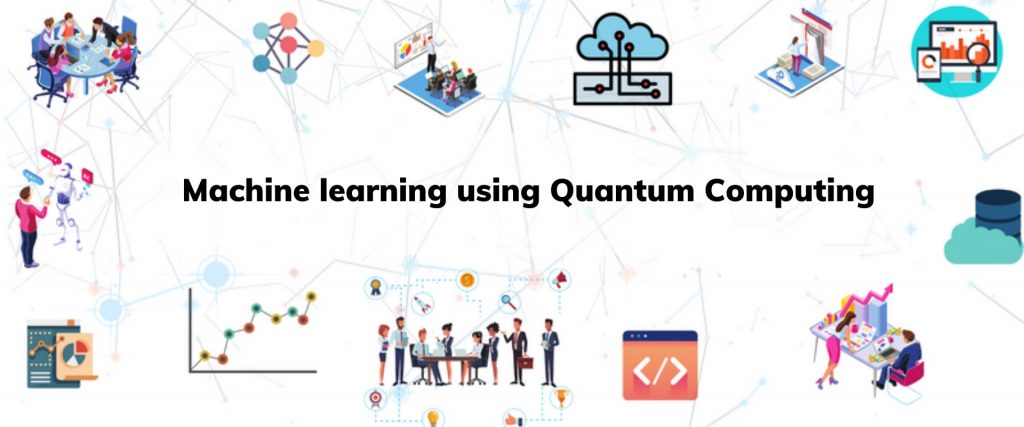What is Machine Learning?
One fine day, you decide to learn how to drive a car. For that, you need a car and an instructor who knows how to drive. After good 15 to 20 days of guidance, you have learnt how to drive. Now you are ready to hit the road. While actually driving in traffic, on the roads full of people, you will learn more and more because you are gaining experience for the conditions about which you never learnt during those learning days.
Taking the same activity this time, not with a human but with a machine. Seems fascinating, right?
Here, the driver is a machine but with no instructor. The driver has to learn by itself. In technical terms, the machine isn’t given any explicit programming. As the machine is used it adapts to the nature of the outside world, thanks to Artificial Intelligence. With the experience it sets its instruction by itself and for itself. Hence, MACHINE LEARNING.
What is Quantum Computing?
When you are told to choose one among the given two options, you’ll choose any one among them. Same happens with the computers we have now. For understanding a bit deeper, the computers we use today have the little chips inside. Within them, they have gates like AND, OR, NOT, EX-OR and many more. These gates produce the result by giving single output depending on the given input. The input given is in 0 and 1.
These inputs are calculated by the transistors inside these gates. Hence, the output provided by the simple computer will be either 1 or 0. Requiring further calculations, a simple computer consists of many such gates. What happens with the quantum computing is that you have an end number of possibilities to receive an output. Quantum Computing uses the quantum phenomenon of superpositioning. What this means is that it remains in between 0 and 1.
Working of Quantum Computer
Depending on the input provided by the user, it’ll state it’s output. Simple computers need more number of gates for calculating more numbers. Because 1 gate gives 2 outputs, 2 gates give 4 and so on. A simple formula is 2n where n is the number of gates. Whereas in the quantum world, the qubit doesn’t have to be one of those. It can be in any proportions of both the states at once. But as soon as you test it’s value, say, by sending the photon through a filter, it has either of two.
As long as it’s unobserved, the qubit is in a superposition of probabilities for 0 and 1, and you cannot predict which it will be. But the instant you measure it, it collapses into one of the two. As said before, four bits can be in one of two to the power of four different configurations at a time. That is 24 = 16. We can use one among these 16.
Four qubits in superposition, however, can be in all of those 16 combinations at once. This number grows with an extra qubit every time it’s added. A million values in parallel can be stored by just 20 qubits.
I hope this puts enough light on the difference between a simple computer and a quantum computer.
conclusion on Quantum Computing
We have several algorithms out there. These algorithms help humankind in some way or other. With the use of technology we are able to apply the algorithms from books to real life. Similarly by using the powers of quantum physics and machine learning, one can do wonders. Currently IBM has made a real and working Quantum Computer. With their vision, it can be used heavily in the medical field.
As several samples are tested on several subjects, Quantum World gifts itself here. The bonus is with machine learning, as the machine will learn by itself and with a super speed. Another and best future use is Teleportation of information. One can make changes here at one place and the information at the other side is reflected. Sounds sci-fi but it’s real.
We know how fast we have moved from BC to AD and now 2020. Well, Quantum Machine learning adds a little speed here, not in time but with technology.
Written by: simran ahuja
reviewed by: shivani yadav
If you are Interested In Machine Learning You Can Check Machine Learning Internship Program
Also Check Other Technical And Non Technical Internship Programs

